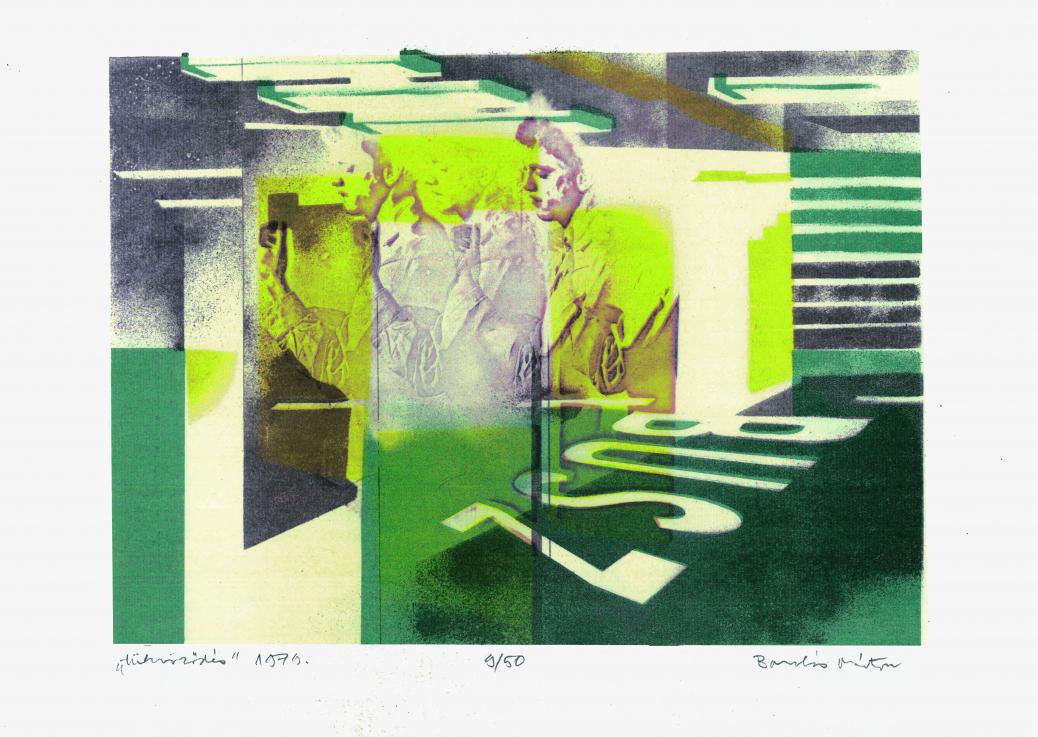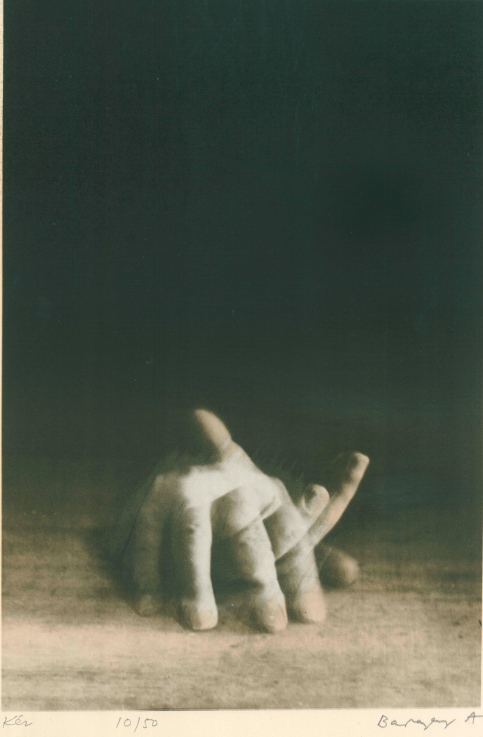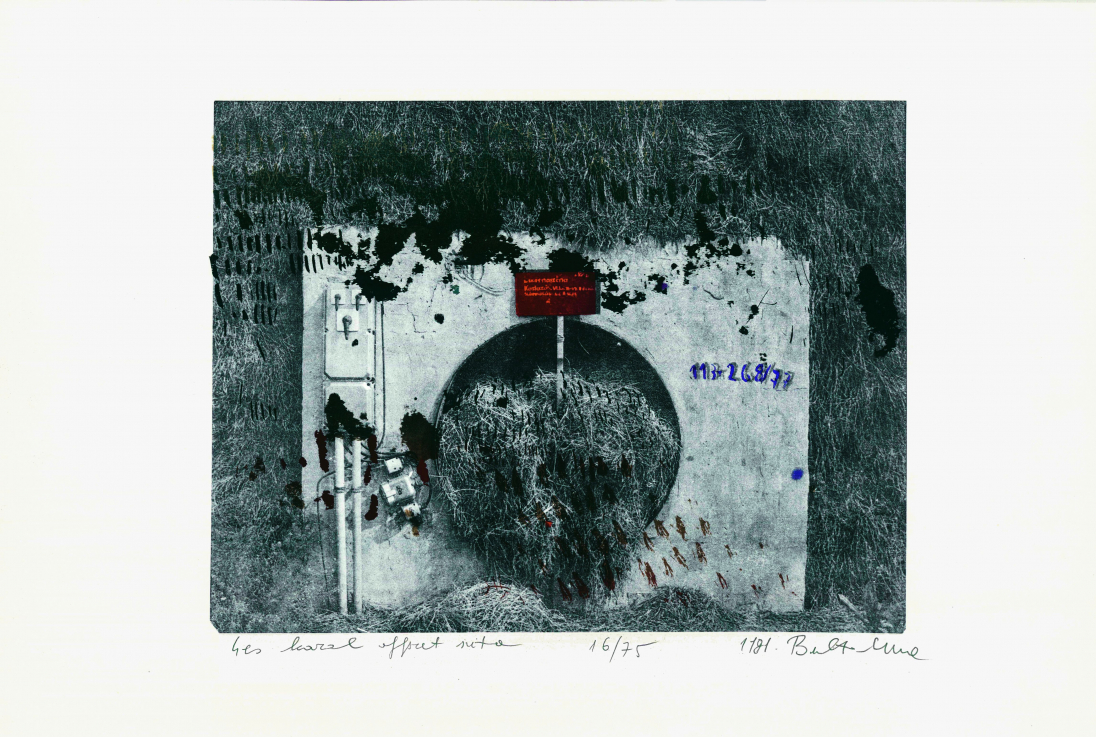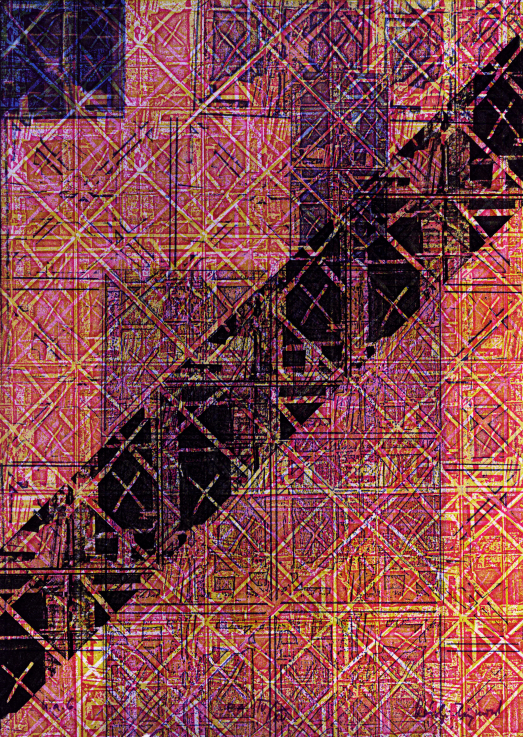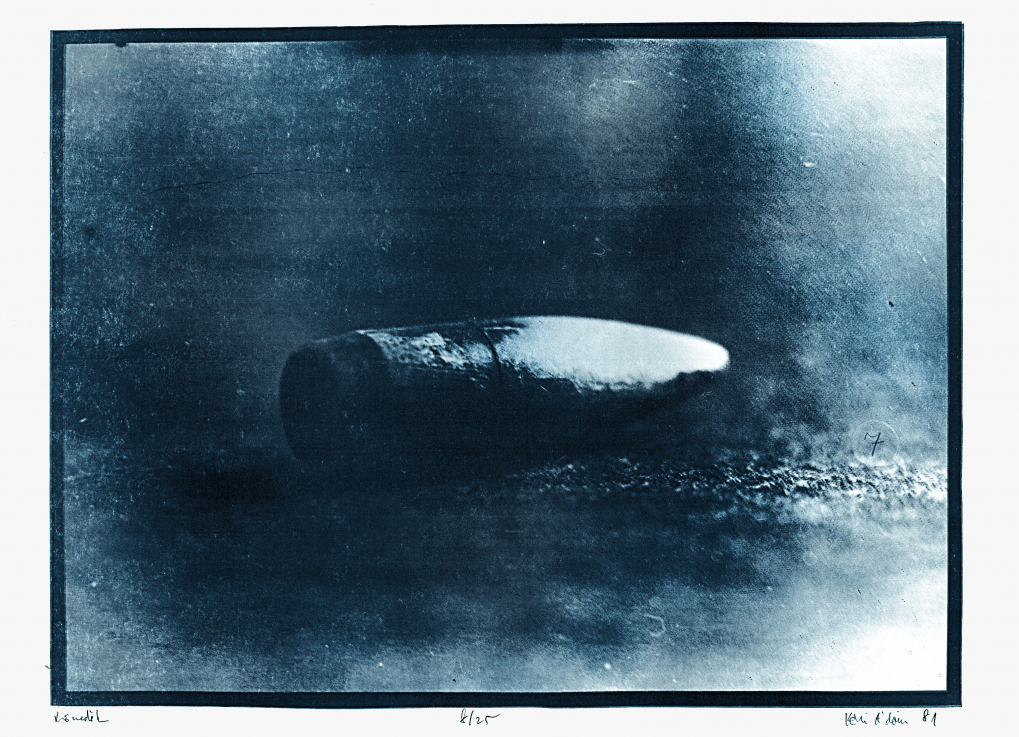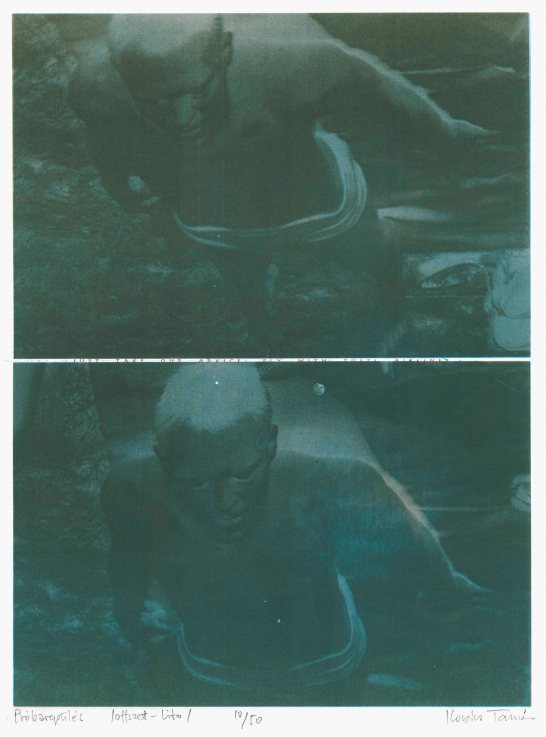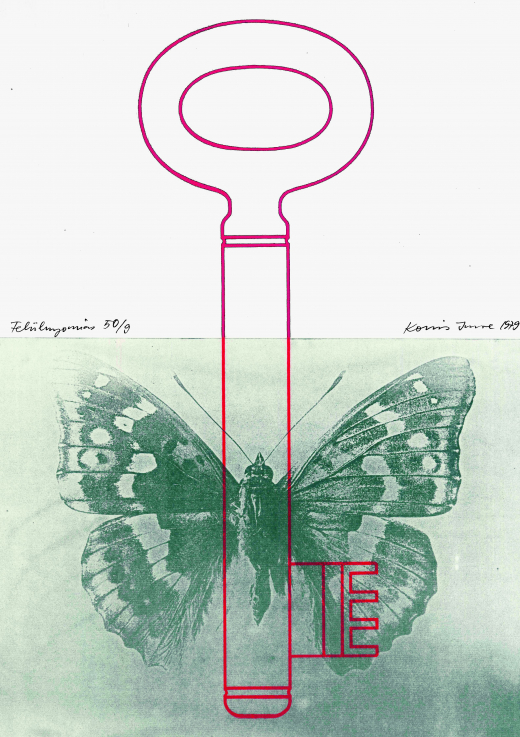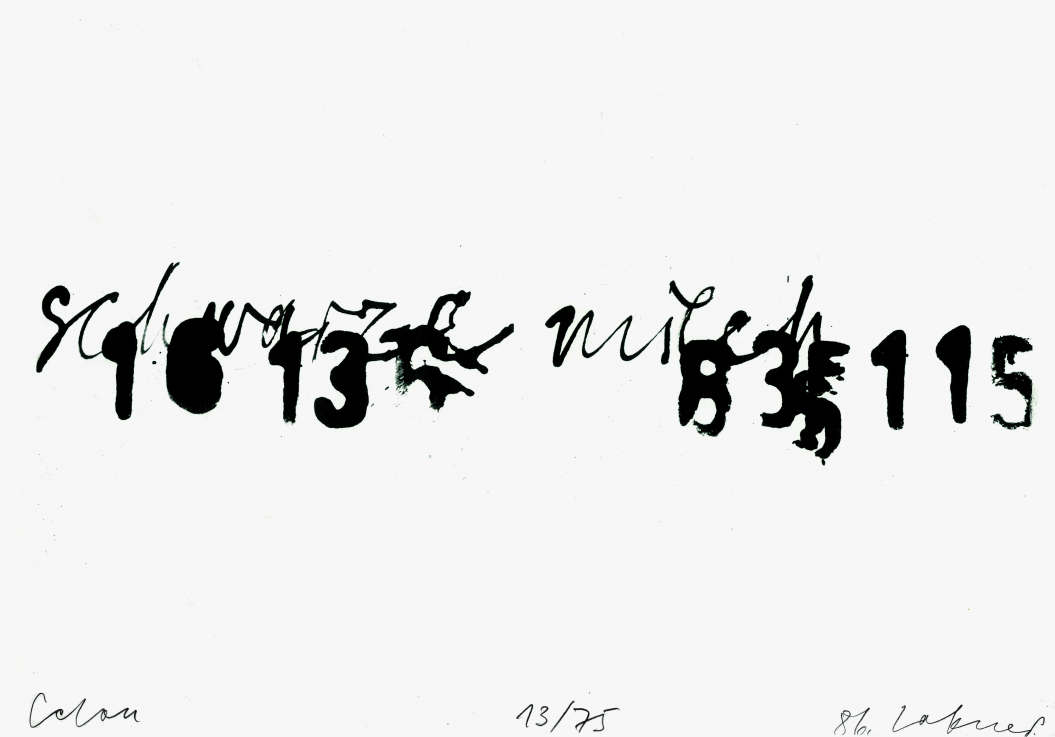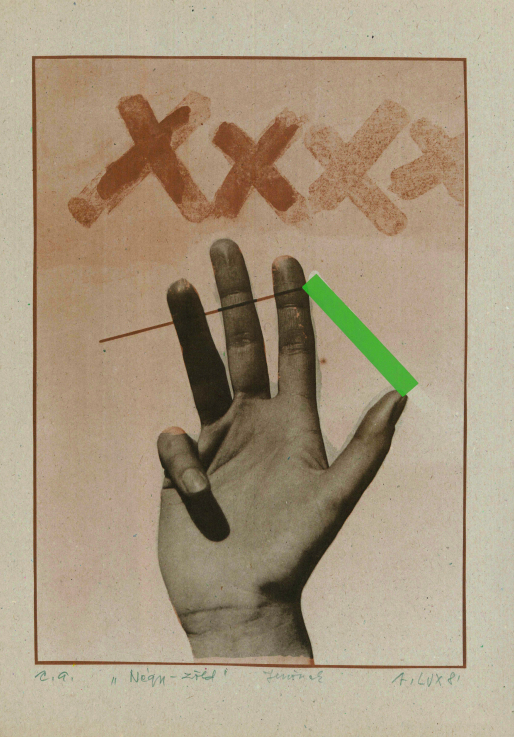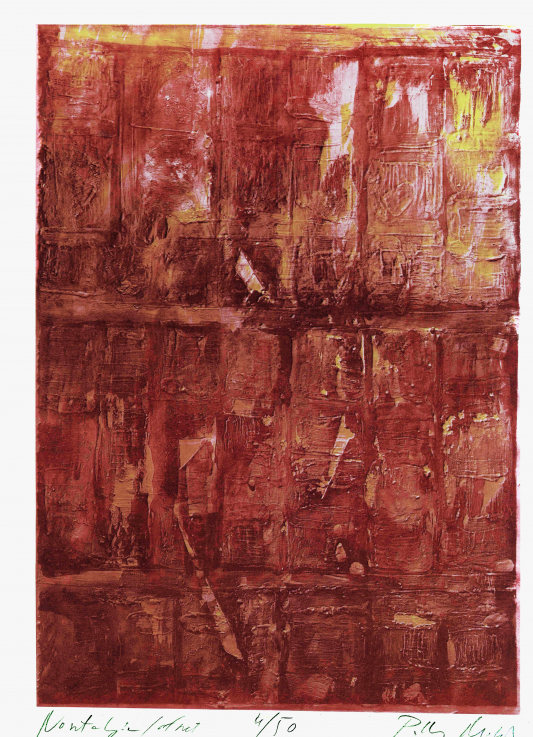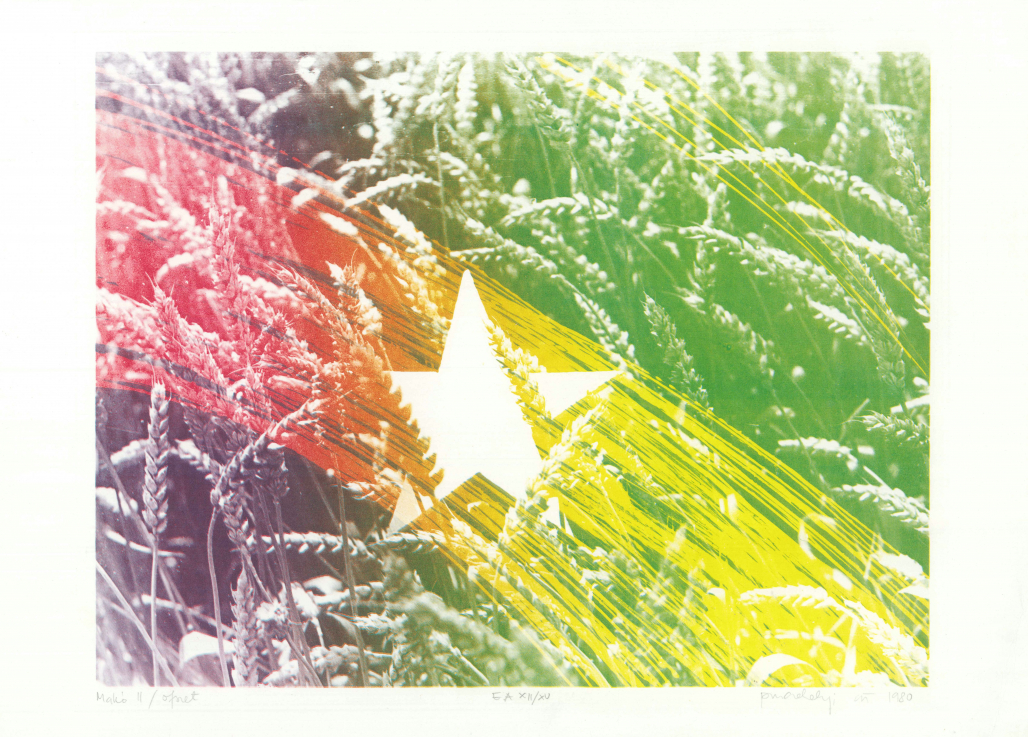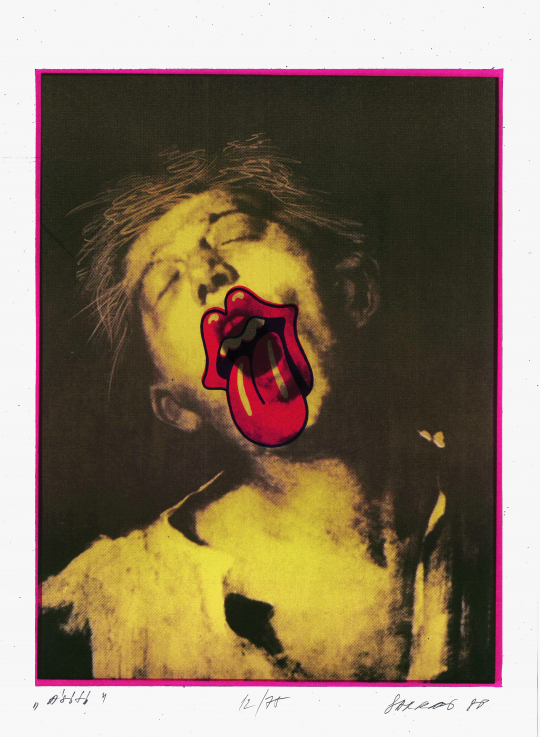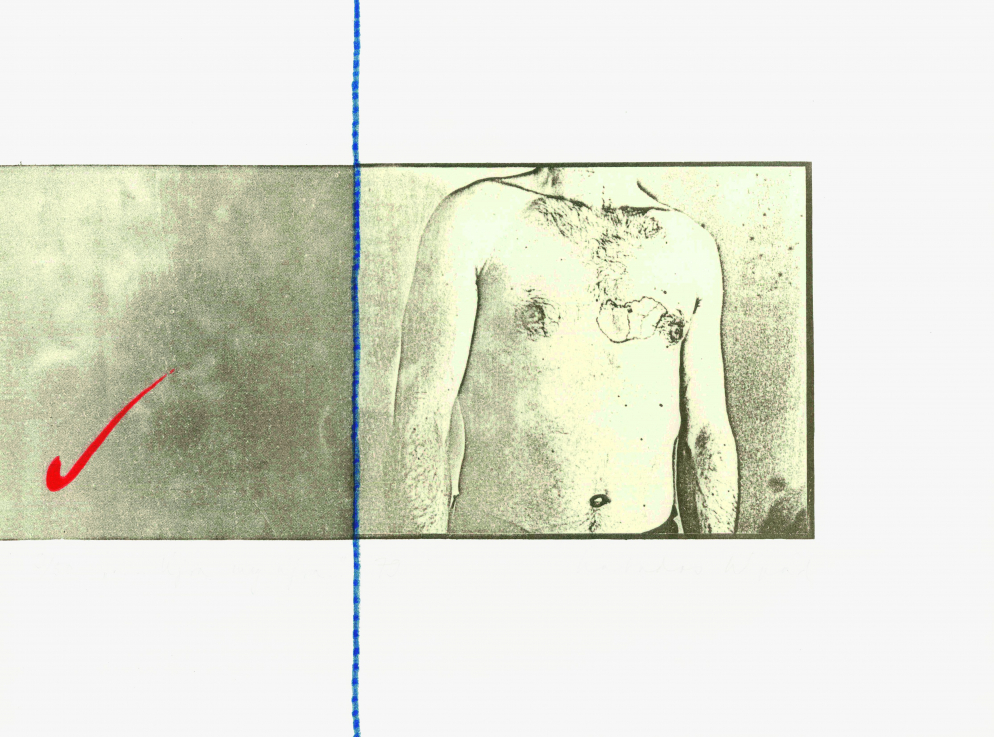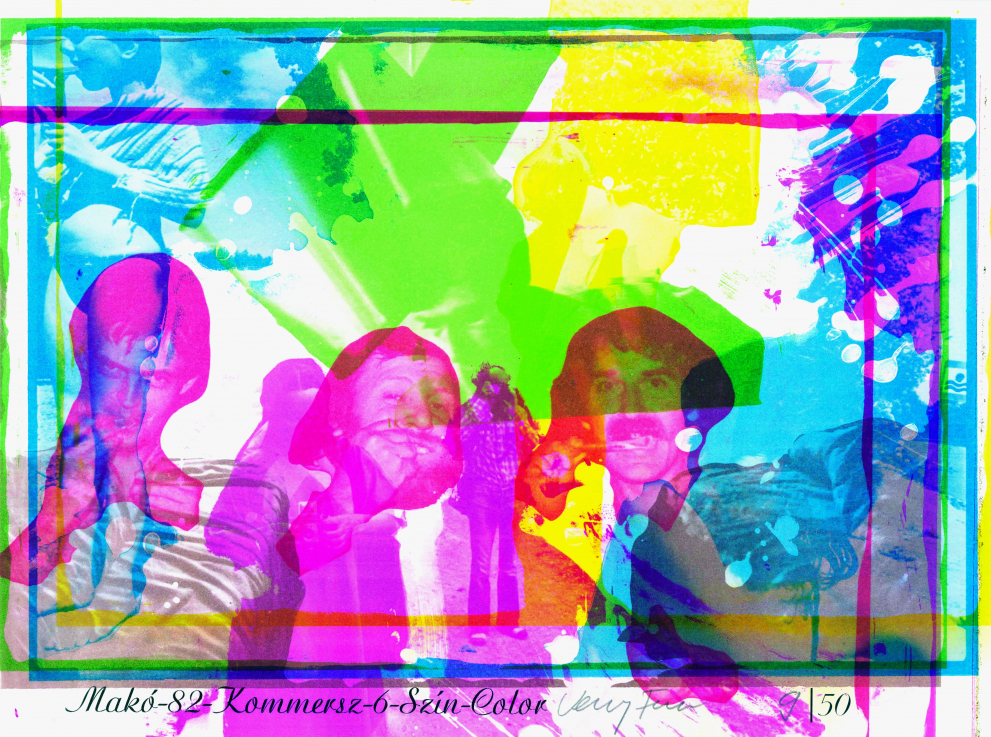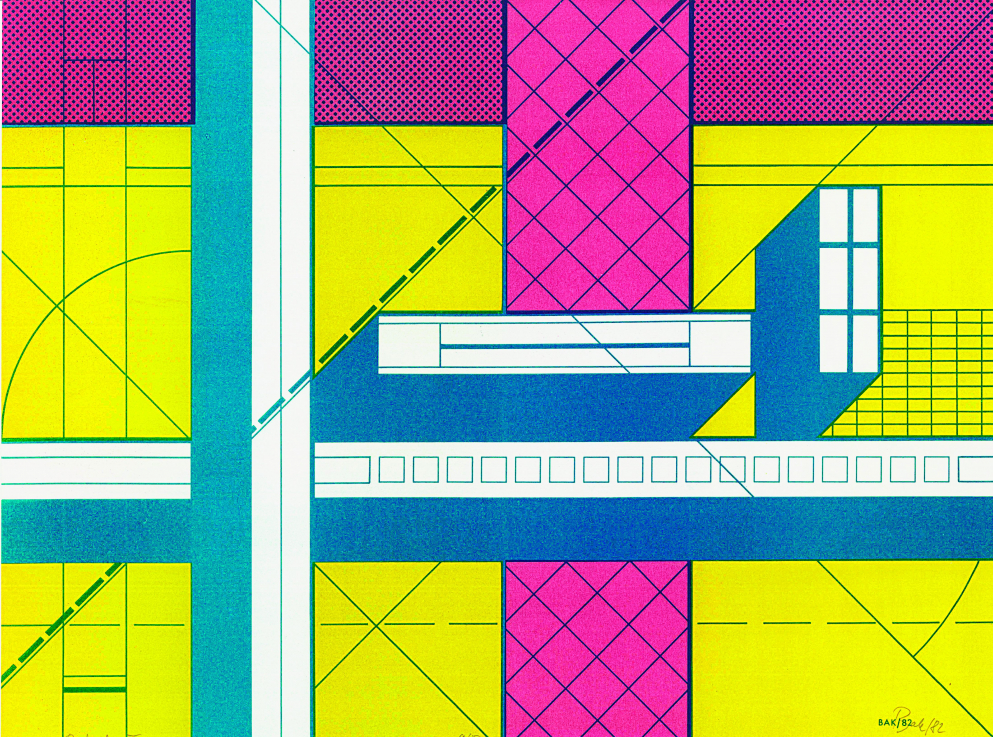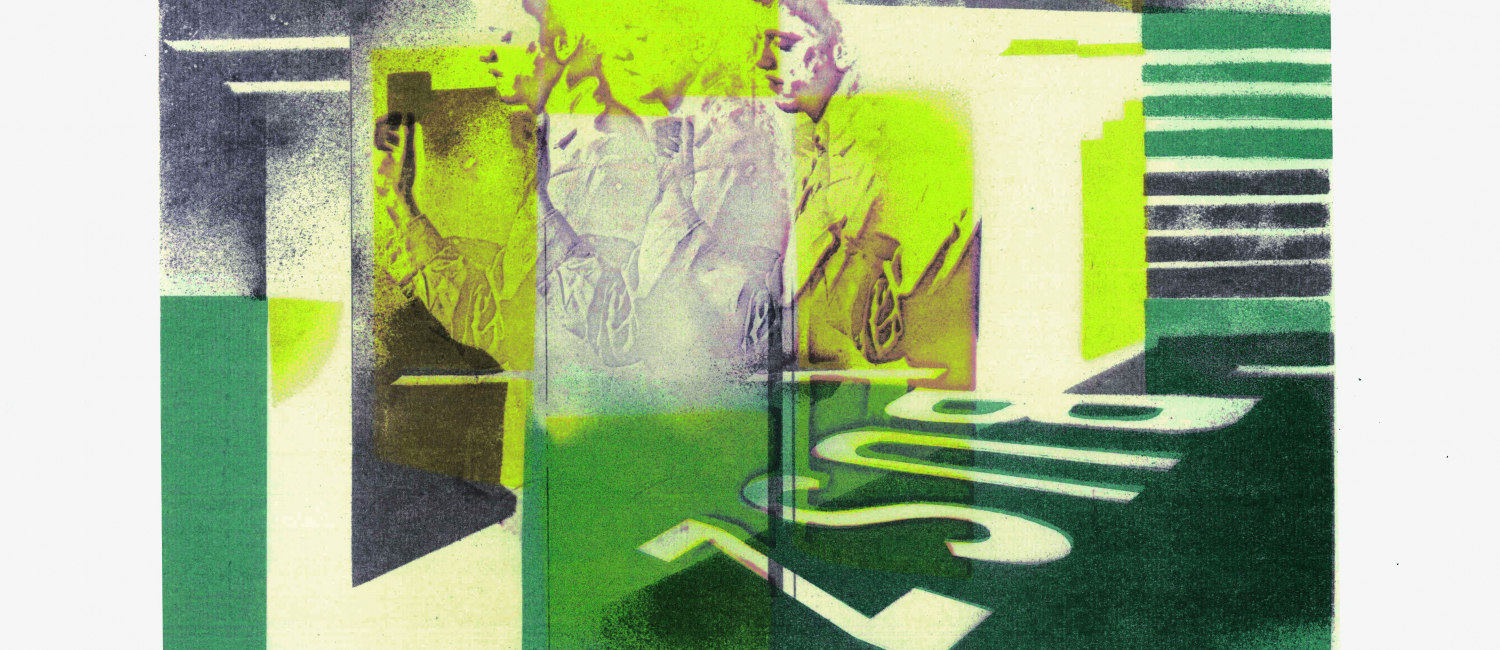11 March - 17 April 2016
The town of Makó has a special role in the history of 20th century Hungarian graphic art. The Maros River Artists’ Colony was founded in 1971 by eager local patriots. It became a professional artists’ colony under the management of graphic artist Imre Kocsis and art historian István Dévényi from the mid 70s, and art critic István Hajdu from the 80s. Relying on the local printing house, its main profile comprised photo-based printed graphics. The year 1977 was a turning point in the life of the colony: this was when its statutes were written and the guidelines for inviting artists were established. The name was changed to Makó Graphic Artists’ Colony in 1978. Starting from then, an annual portfolio was published containing the best works created there each year. Maintained by the Makó City Council and funded by the Association of Hungarian Fine and Applied Artists, the artists’ colony was held every summer for three weeks with the participation of 12-15 artists until 1990.
Simultaneously with the developments in international art, the use of photography in fine art began to spread in Hungary after the mid-60s. The creative process involved photography in several ways: it was used in the documentation of action art, but it was also suitable for the research of structure, movement, and temporality as well as for the manipulated imaging of reality. As a result of this change in approach, conceptual and photo-based printed graphics appeared in Makó in addition to the narrative process.
Multiplication had a different connotation behind the iron curtain and in western countries. What served as a device of artistic freedom in the latter, became a tool for banned samizdat publications in Central and Eastern Europe. Here it was difficult to access equipment capable of printing in large quantities: the authorities restricted printing options for reasons of cultural policy and state protection. Owing to the peculiar social-political microclimate in the town of Makó, the artists working at the colony could legally exploit the possibilities provided by new printing techniques. As a result, offset printing and serigraphy became a part of graphic art, bringing about a major turn in the history of Hungarian graphic art.
Since 2007, curators Árpád Tóth and Krisztina Üveges have been working on processing the history of the Makó Graphic Artists’ Colony and the approximately 1000 artworks made here. Throughout the years, they compiled a catalogue of printed artworks, while trying to collect every available document, and making several hours of interviews with the artists of the colony as well as the art historians, officials and organizers responsible for running it.
Árpád Tóth spent the last decade systematically compiling a complete collection of works created at the colony. The exhibition features a selection: the core corpus. This is completed by archive documents, photographs, invitation letters, and official documents that shed light on the organization, maintenance, and cultural-political background of the colony.
In connection with the exhibition, a representative catalogue is published, which introduces the works and the research results, and presents a detailed history of the artists’ colony.
Exhibiting artists: Gábor Attalai, Imre Bak, Huba Bálványos, Ferenc Banga, Márton Barabás, András Baranyay, József Benes, Daniela Bikácsi, Imre Bukta, Tibor Csikós, Unen Enkh, Alajos Eszik, Árpád Fákó, József Gaál, György Galántai, Péter Gémes, Tibor Hajas, István Halász, Károly Halász, Anna Illés, Tünde Jámbor née Balogh, Zsigmond Károlyi, Ildikó Karsai, Ádám Kéri, Imre Kocsis, Gábor Kóthay, Attila Kovács, Tamás Kovács, Frigyes Kőnig, László Lakner, András Lengyel, Antal Lux, István Nádler, István Orth, Miklós Pálos, Gábor Pásztor, Ferenc Pataki, Sándor Pinczehelyi, Péter Sarkadi, Sándor Rácmolnár, Károly Schmal, József Straub, Róbert Šwierkiewicz, Árpád Szabados, Ágnes Szabó, Beáta Széchy, Imre Szemethy, Tamás Szikora, János Szirtes, Dezső Takács, Ernő Tolvaly, Péter Ujházi, Tamás J. Váczy, Ildikó Várnagy, Ferenc Veszely, Gábor Záborszky
Curators: Árpád Tóth (Neon Gallery) and Krisztina Üveges (Ludwig Museum – Museum of Contemporary Art)
The exhibition and the catalogue were sponsored by the National Cultural Fund
